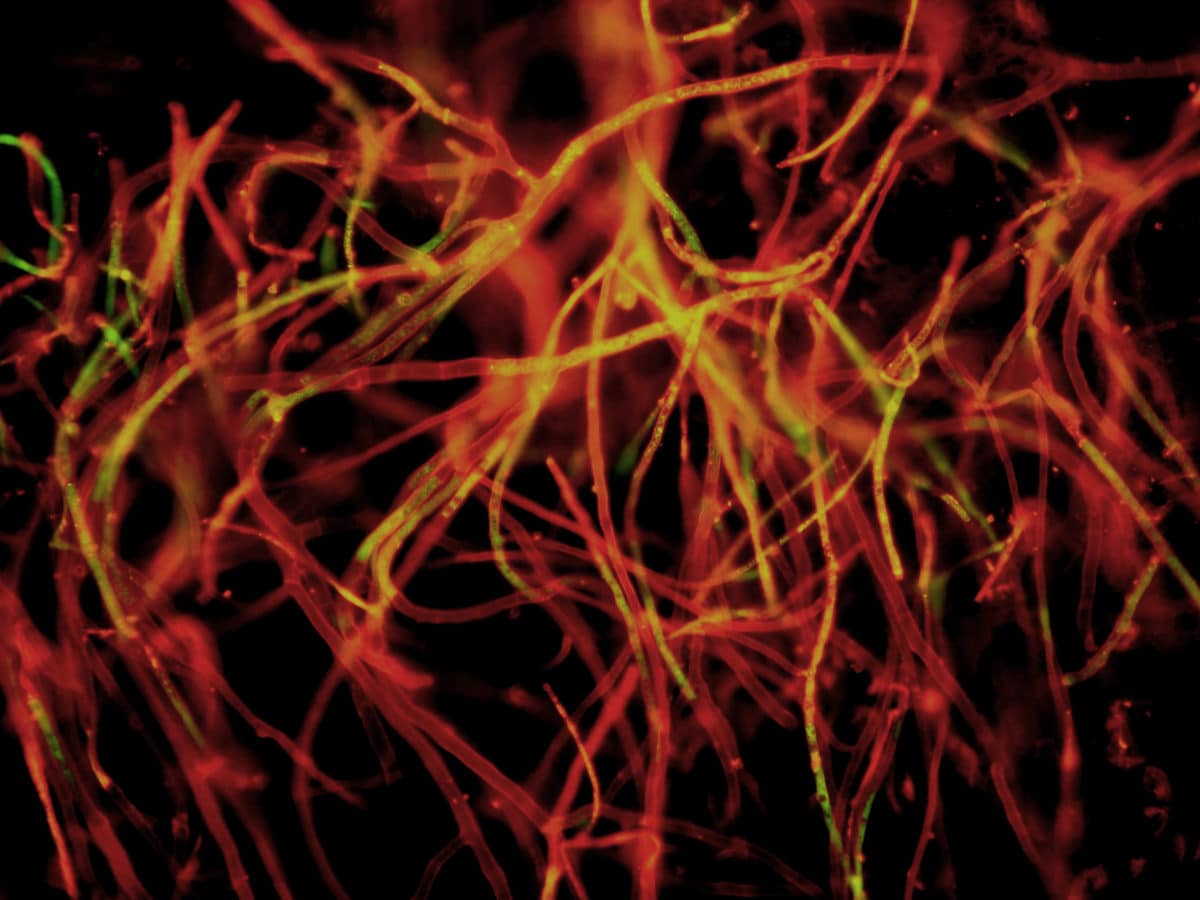A novel approach to automating the peer-to-peer distribution of renewable energy through a microgrid has been announced by LF Energy and Sony Computer Science Laboratories.
The initiative, called Hyphae, aims to make microgrids more resilient. It envisions doing that by adapting the Sony business unit’s Autonomous Power Interchange System software to work with AC grids.
The partners said that enabling resilient, peer-to-peer microgrid energy trading will allow even the most remote communities to store and distribute energy without connecting to large-scale power stations or distribution networks.
As envisioned, Hyphae will enable the connection of buildings, homes, and energy-consuming devices to energy-producing devices like storage, EV batteries, and PV. At the core is physical peer-to-peer (P2P) trading.

The energy sector is a “complicated beast” that is shifting from centralized fossil-fired generation to distributed resources, said Dr. Shuli Goodman, executive director of LF Energy in an interview with pv magazine USA.
She said that the grid of the future likely will not be a grid at all, but something closer to the mass of branching, threadlike organisms known as hyphae that underlie forest structures. That means the future grid would be made up of cloud, data, artificial intelligence, 5-G communications, and edge computing, which brings computation and data storage closer to the location where it is needed.
LF Energy is a Linux Foundation nonprofit seeking to accelerate the energy transition of the world’s grids and transportation systems through open source. The organization was recently invited to take part as the Biden administration worked to develop its climate plan. Goodman outlined to the incoming administration a series of recommendations including :
- Making open source the defacto standard for all federally funded projects
- Building capacity with the labs, DOE, vendor, supplies and grantees
- Shifting toward a cloud-native and service view of the grid.
Open source gained an advocate in the new administration when Biden named David Recordon – who has a background in open source, open standards, and security – to serve the new White House Director of Technology.
The partnership with Sony that was announced February 16 is expected to bring LF Energy closer to its goal of building an interoperable AC- and DC-ready microgrid that is self-contained, operational off-grid, and able to connect to an electrical distribution network with utility oversight.
“I think we are at the very beginning of being able to harness, control, and optimize both supply and demand,” Goodman said.
This content is protected by copyright and may not be reused. If you want to cooperate with us and would like to reuse some of our content, please contact: editors@pv-magazine.com.









By submitting this form you agree to pv magazine using your data for the purposes of publishing your comment.
Your personal data will only be disclosed or otherwise transmitted to third parties for the purposes of spam filtering or if this is necessary for technical maintenance of the website. Any other transfer to third parties will not take place unless this is justified on the basis of applicable data protection regulations or if pv magazine is legally obliged to do so.
You may revoke this consent at any time with effect for the future, in which case your personal data will be deleted immediately. Otherwise, your data will be deleted if pv magazine has processed your request or the purpose of data storage is fulfilled.
Further information on data privacy can be found in our Data Protection Policy.